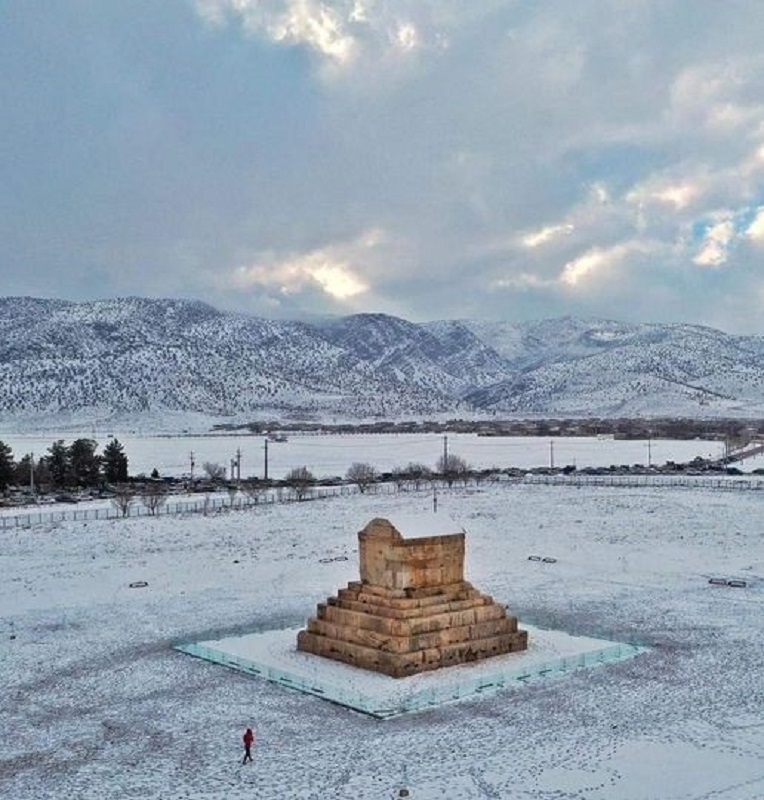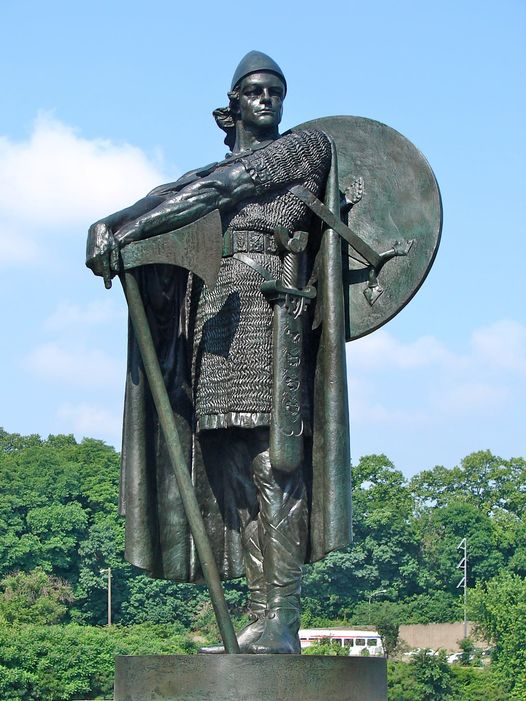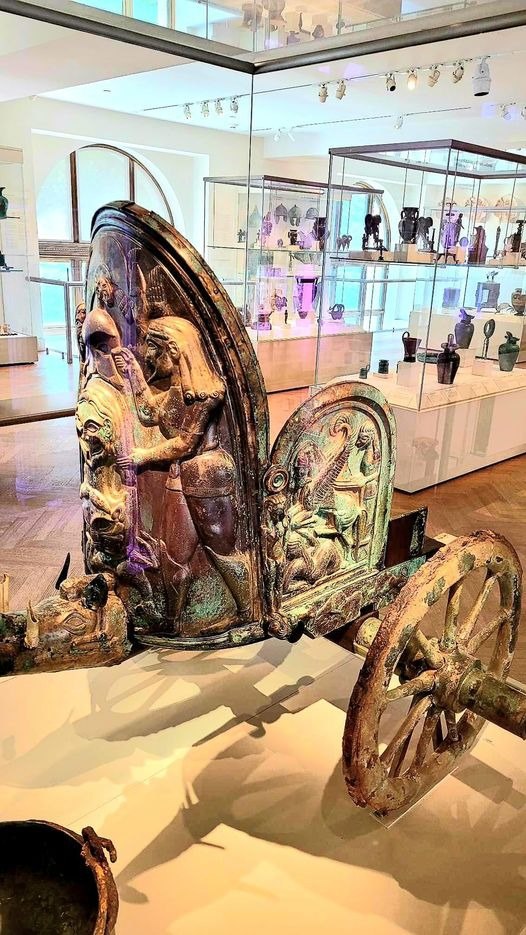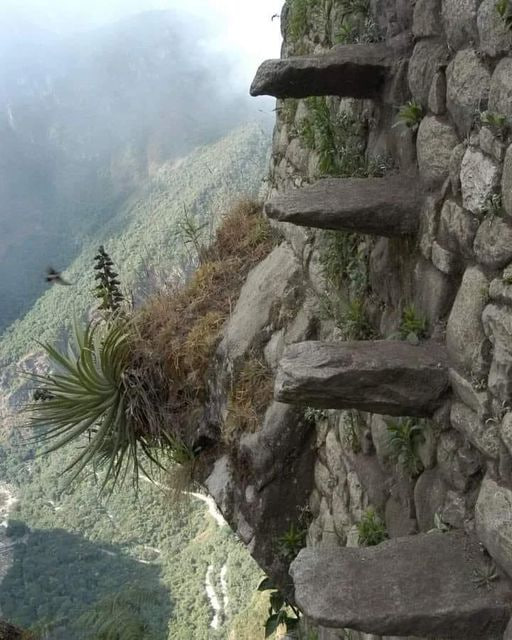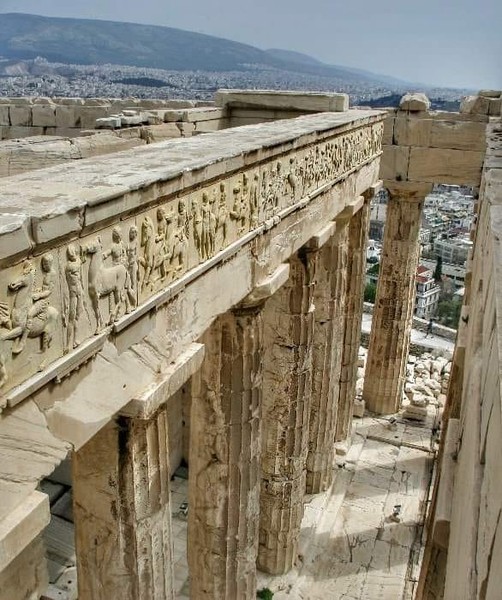Persepolis, the ancient capital of the mighty Achaemenid Empire, stands as a testament to the grandeur and sophistication of ancient Persian civilization. Nestled amidst the rugged landscape of Fars province in Iran, this archaeological marvel is adorned with intricate reliefs depicting scenes of triumph, power, and reverence. Among these iconic depictions, the reliefs of Achaemenid warriors and the majestic cypress tree hold a special place, offering a window into the rich tapestry of Persian history and culture.

Guardians of the Empire: Achaemenid Warriors in Relief
Carved into the walls of Persepolis, the reliefs of Achaemenid warriors present a striking tableau of military might and royal authority. These meticulously crafted depictions showcase soldiers adorned in elaborate attire, wielding weapons and standing in stoic defiance against the backdrop of the ancient Persian landscape. With their regal bearing and resolute gaze, these warriors symbolize the unwavering strength and unity of the Achaemenid Empire—a testament to the power and prestige of its rulers, such as Cyrus the Great and Darius the Great. As we marvel at these ancient reliefs, we are transported back in time to an era of conquest and imperial splendor, where the fate of nations hung in the balance of battle.
The Sacred Symbolism of the Cypress Tree
Amidst the depictions of warriors and royal processions, the cypress tree emerges as a potent symbol of life, renewal, and divine protection. Revered by ancient Persians for its evergreen foliage and towering presence, the cypress held deep spiritual significance in Zoroastrian belief, serving as a bridge between the earthly realm and the heavens above. In the reliefs of Persepolis, the cypress tree stands as a silent sentinel, watching over the empire and its people with timeless grace and majesty. Its presence reminds us of the interconnectedness of nature and spirituality in ancient Persian culture, where the natural world was imbued with profound meaning and reverence.
Preserving the Legacy of Persepolis
As visitors wander amidst the ruins of Persepolis, they are confronted with the tangible remnants of a bygone era—a testament to the enduring legacy of ancient Persia. Yet, these archaeological treasures are not merely relics of the past; they are windows into a world that shaped the course of history. Through careful excavation, preservation, and interpretation, archaeologists strive to unlock the secrets of Persepolis, piecing together the puzzle of ancient Persian civilization and illuminating the lives of its inhabitants. Each relief, each inscription, serves as a clue in unraveling the mysteries of the Achaemenid Empire, shedding light on its triumphs, challenges, and enduring contributions to human civilization.
Conclusion:
Persepolis, with its majestic reliefs and towering columns, stands as a testament to the enduring legacy of the Achaemenid Empire—a civilization that once ruled over vast swathes of the ancient world with unrivaled splendor and power. As we wander amidst the ruins of this ancient capital, we are reminded of the timeless allure of archaeology, where each stone and inscription tells a story—a story waiting to be unearthed, deciphered, and shared with the world. In the quest to understand our shared human heritage, Persepolis serves as a beacon, guiding us through the annals of history and inspiring us to preserve and protect the treasures of the past for generations to come.


